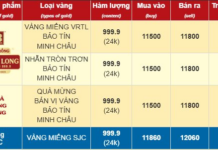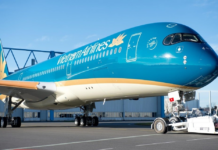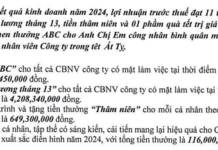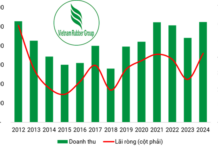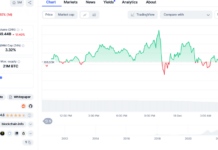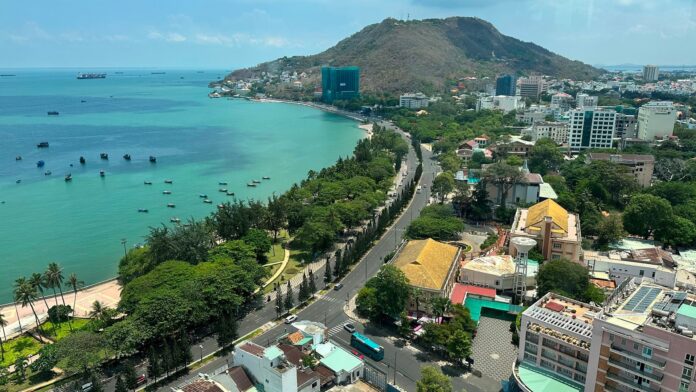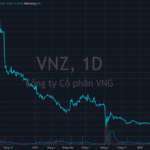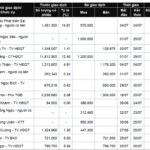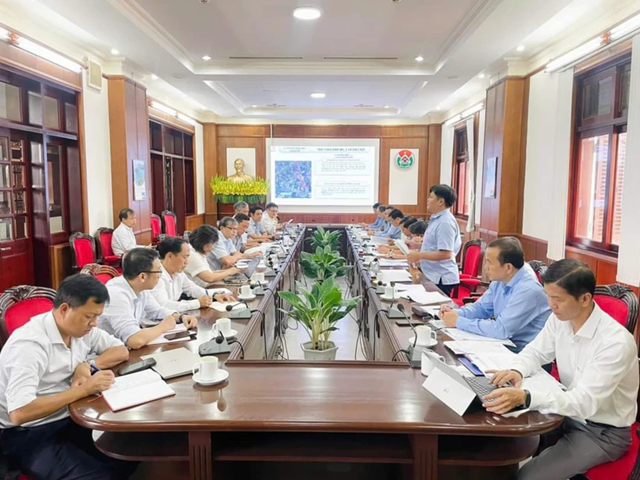In 2024, Ba Ria – Vung Tau province’s economy continued to grow comprehensively and robustly, with a GRDP (excluding oil and gas) growth rate of 11.7%, the highest in the past decade and far exceeding forecasts. Per capita GRDP surpassed $9,000, higher than the national average, according to Sai Gon Giai Phong Newspaper. The economic structure underwent a positive shift, with an increased proportion of services and a decreased proportion of agriculture.
During the year, the province attracted over $2 billion in FDI and VND 42,000 billion in domestic investment, more than double the previous year’s figure. Notably, development investment expenditure accounted for nearly 62% of the total budget expenditure, an increase of almost 11% from the previous year, reflecting the province’s clear priority in investing for the future.
Ba Ria – Vung Tau province’s total state budget revenue in 2024 reached VND 77,089 billion, equivalent to 120.5% of the estimate, 109.2% of the Provincial People’s Council’s assignment, and 106.1% compared to the same period in 2023. Ba Ria – Vung Tau remains among the top five localities in Vietnam with the highest budget revenue in 2024.
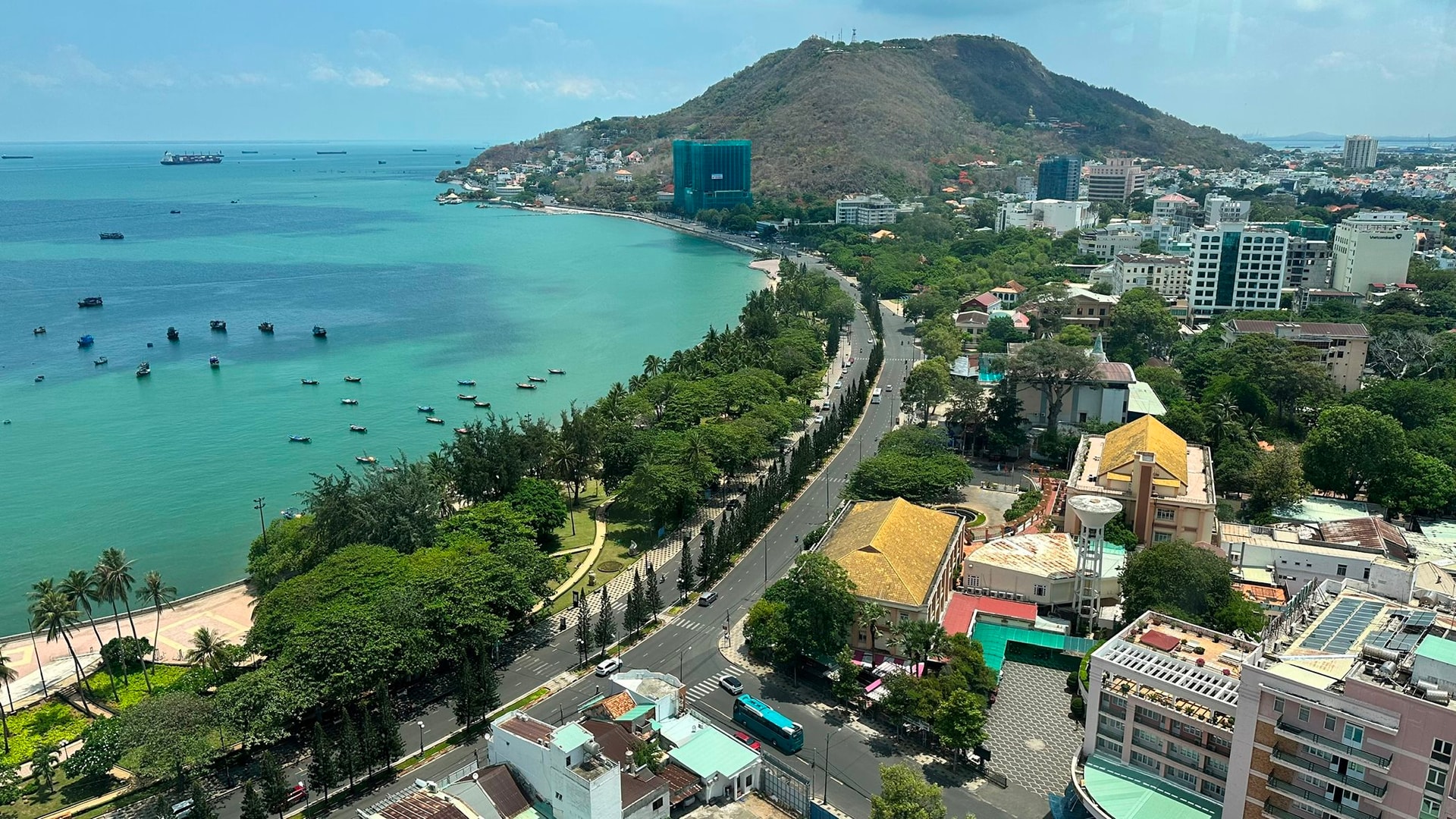
In 2024, Ba Ria – Vung Tau’s growth rate reached 11.7%, the highest in the past decade and far beyond expectations.
Ba Ria – Vung Tau is a province in the Southeast region of Vietnam. After the country’s reunification, Vung Tau town, Long Dat, and Xuyen Moc belonged to Dong Nai province. On May 30, 1979, the National Assembly decided to establish Vung Tau – Con Dao Special Zone, a centrally-controlled administrative unit comprising Vung Tau town, Con Dao district, and Long Son commune, primarily serving the oil and gas exploration and exploitation industry.
Initially, Ba Ria – Vung Tau had five administrative units, including Vung Tau city and four districts: Chau Thanh, Xuyen Moc, Long Dat, and Con Dao. It borders Dong Nai province to the north, Ho Chi Minh city to the west, Binh Thuan province to the east, and the East Sea to the south, with Con Dao located 97 nautical miles from the mainland.
In the course of development, Ba Ria – Vung Tau has made rational adjustments to its administrative areas. As of 2020, its total natural area was 1,988 km2, and its population was 1,167,900.
Over the past three decades, Ba Ria – Vung Tau has been recognized for its modern and synchronized road infrastructure, ranking among the most developed provinces in Vietnam.
Ba Ria – Vung Tau to Become a Centrally-Controlled City
Ba Ria – Vung Tau will comprise three directly controlled cities: Vung Tau, Ba Ria (the provincial capital), and Phu My. Phu My is the newest city, established on March 1st. Thus, the province will have seven administrative units at the district level, including four districts and three cities, and 77 administrative units at the commune level, consisting of 40 communes, 30 wards, and seven towns.
According to the Master Plan for Ba Ria-Vung Tau province for the period of 2021-2030, with a vision towards 2050, by 2030, Ba Ria-Vung Tau is expected to meet the criteria to become a centrally-controlled city, playing a crucial role as a development hub in the Southeast region’s urban system.
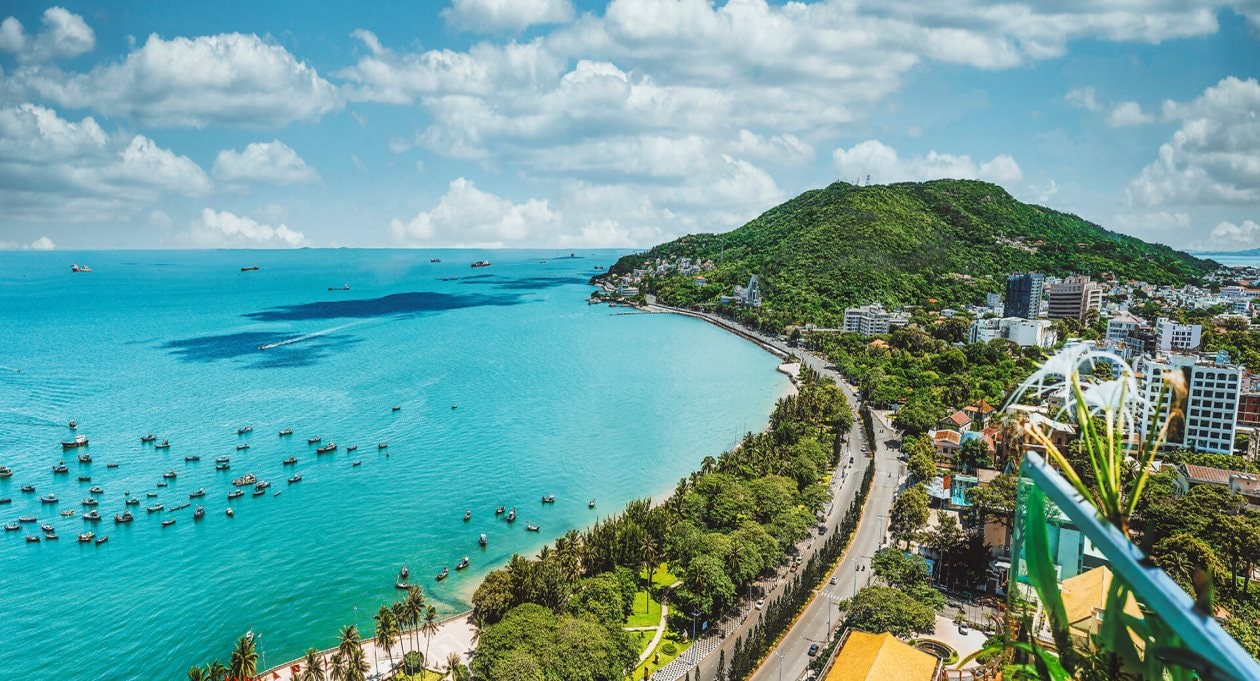
Ba Ria – Vung Tau city is envisioned to become a significant development hub in the Southeast region’s urban system.
In the 2026-2030 period, Ba Ria-Vung Tau plans to further adjust the administrative boundaries between Ba Ria city and Phu My city, considering historical traditions, geographical location, natural conditions, and ensuring that both units meet the standards for area size and population as stipulated.
The plan also involves developing competitive economic sectors and fields, closely linking with other localities in the Southeast region and the country through the economic corridor of Moc Bai-Ho Chi Minh City-Bien Hoa-Vung Tau and the southern dynamic region.
The province aims for a GRDP growth rate (excluding oil and gas) of approximately 8.1-8.6% annually during 2021-2030, with a per capita GRDP of about VND 497 million (equivalent to $18,000-$18,500) by 2030.
The Vietnamese Economy to Embrace New Opportunities Post-Trump Policies
According to experts, the upcoming policies of the Trump administration could have a significant positive impact on Vietnam’s economic growth. The country’s economy is poised to flourish under the new policies, with potential benefits across various sectors.
Unblocking Bottlenecks for a Nation’s Economy to Soar.
In 2025, the government is targeting a GDP growth rate of over 8%, with aspirations to reach double digits should favorable conditions prevail. Economic experts believe that Vietnam’s growth potential is evident, but it is currently hindered by certain regulatory and administrative bottlenecks. To achieve the desired economic acceleration, it is imperative to address and unblock these constraints.
How Vietnam Inspires the Global Economy to Weather the “Headwinds”
Experts attribute Vietnam’s continued economic prowess to its adaptable and flexible economic policies, with the country’s GDP predicted to reach a staggering $506 billion by 2025. This impressive growth showcases the country’s resilience and potential, solidifying its position as a prominent player in the global economy.





